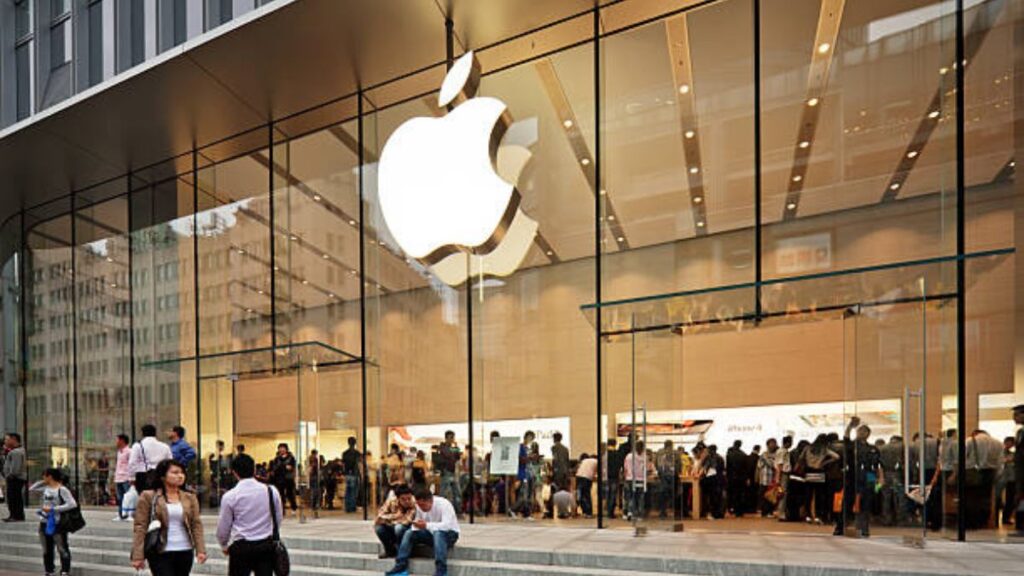The spaceX’s Starlink satellite is similar to broadband speed, speed testing has been found.
Starlink now has nearly 90,000 active users and has almost reduced the speed of traditional satellite internet.
A new Ookla speed test report revealed that Starlink Internet speed has improved significantly, and is now closer to the speed provided by cable broadband.
A few months ago CEO Elon Musk had announced that the company would boost global distribution after crossing the “critical local limit” of 69,420 active users.
The Ookla speed test report compared HughesNet, Starlink and Viasat during Q2 2021 and found them all encouraging.
“Starlink was the only satellite internet provider in the United States with fixed-broadband-like latency rates, with moderate download speeds fast enough to meet most of the needs of today’s online life at 97.23 Mbps during Q2 2021 (from 65.72 Mbps in Q1 2021).
HughesNet was a second second at 19.73 Mbps (15.07 Mbps in Q1 2021) and Viasat third with 18.13 Mbps (17.67 Mbps in Q1 2021).
None of these are as fast as the average download speed of 115.22 Mbps for all broadband providers in the U.S. during Q2 2021, but it is digging a trench 20 miles (or more) to connect to local infrastructure, ”the report said.
According to the report, the loading speed of the Starlink’s internet service was 13.89 Mbps which was close to that of fixed broadband (17.18 Mbps in Q2 2021, 15.99 Mbps in Q1 2021).
Starlink was closely followed by Viasat, which had the second fastest loading speed among satellite satellite providers. It has a download speed of 3.38 Mbps while the download speed of HughesNet was 2.43 Mbps.
Ookla’s report said Starlink’s was the only provider among the three with the median latency closer to where it was seen on fixed broadband. Starlink was able to achieve this due to its low satellite earth orbit (LEO) constellation.
Elon Musk’s Starlink satellite internet is now as fast as fiber broadband
This makes satellites closer to the surface of the earth compared to a traditional internet service provider.
Viasat and HughesNet, on the other hand, have high-altitude “geosynchronous” channels of about 35,000 kilometers with their satellites. This was the reason why Starlink was faster than the other two.
In early June, Starlink president Gwynne Shotwell revealed that the company has distributed more than 1,800 satellites or more and that if all those satellites reach their full potential, Starlink will continue broadcasting worldwide in September.
As of now, Starlink offers beta services in 11 countries including the US, Australia, New Zealand, and parts of Europe. SpaceX’s goal is to launch satellites around 42,000 Starlink to Orbit Earth low by mid-2027.



